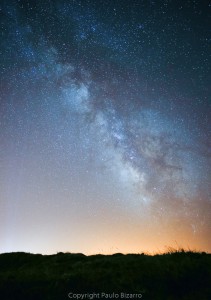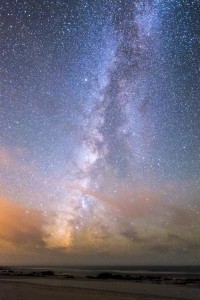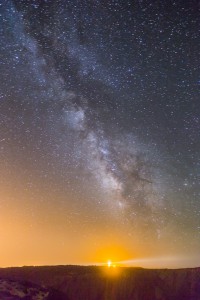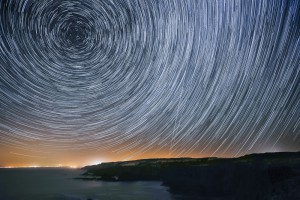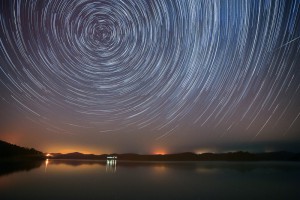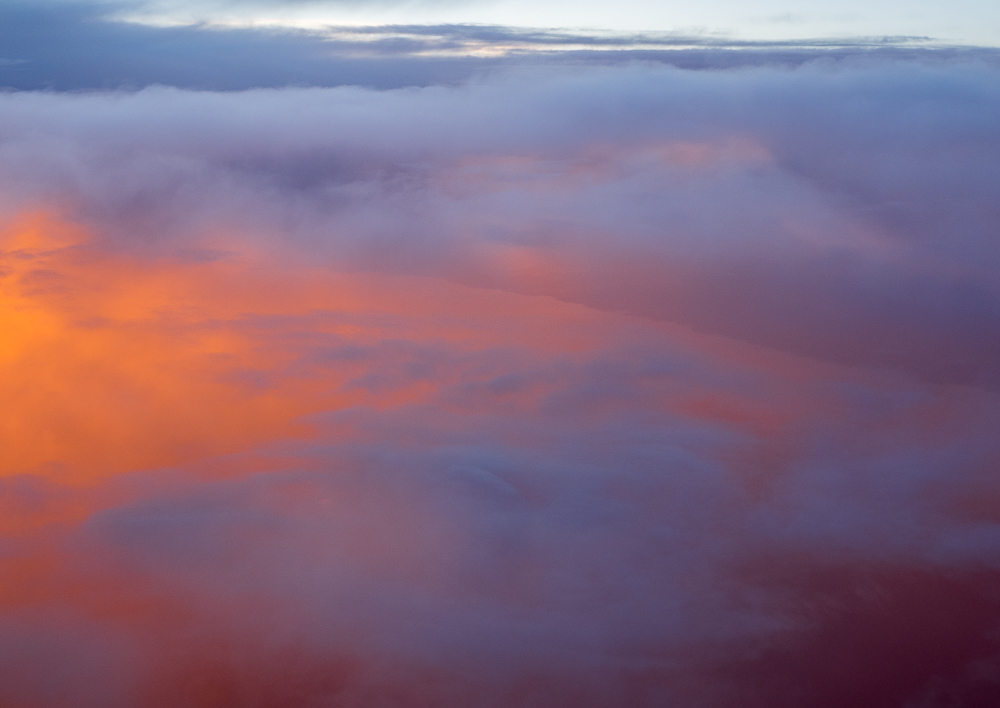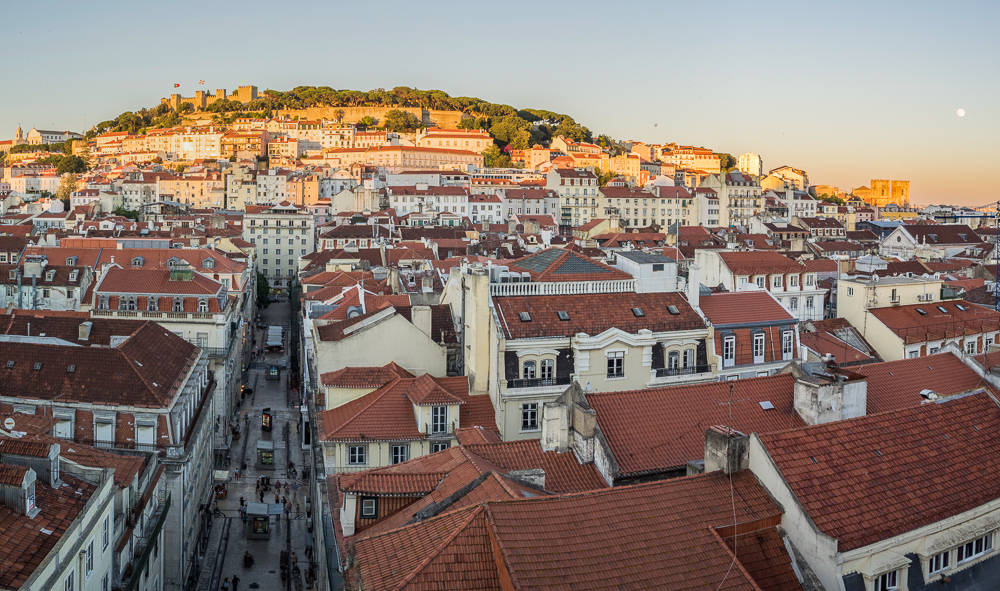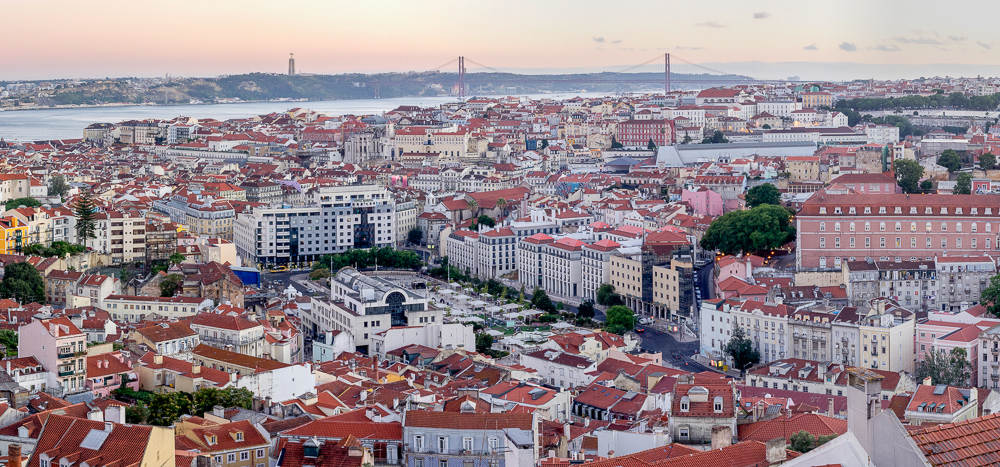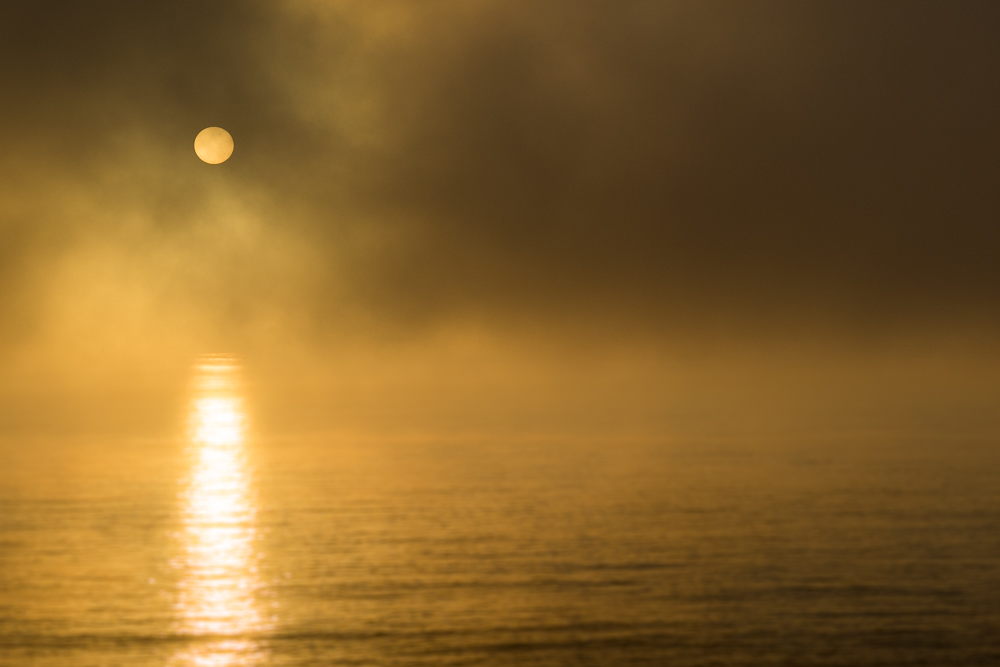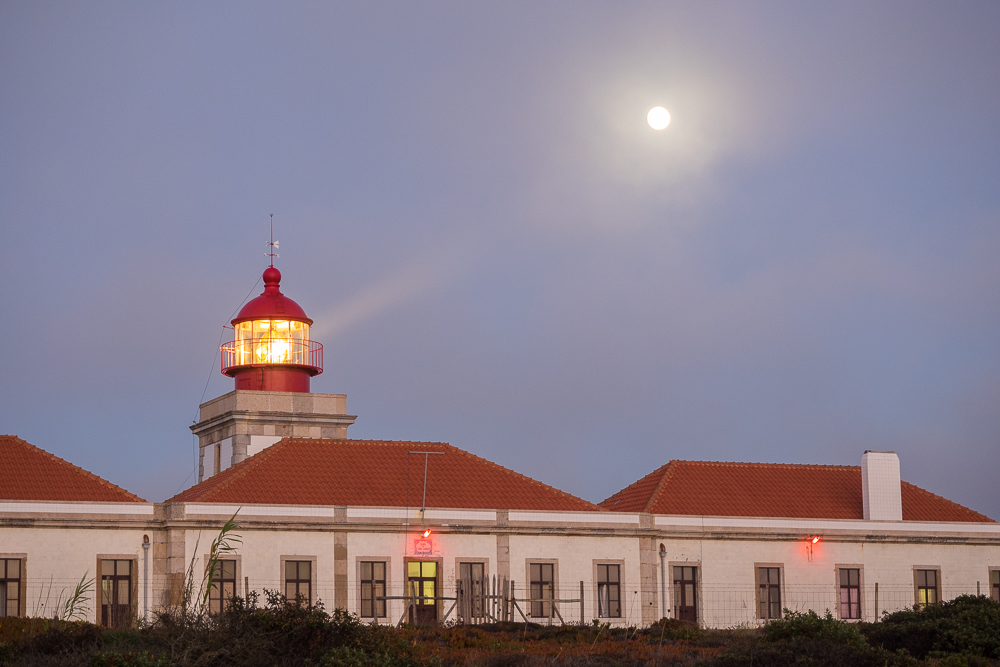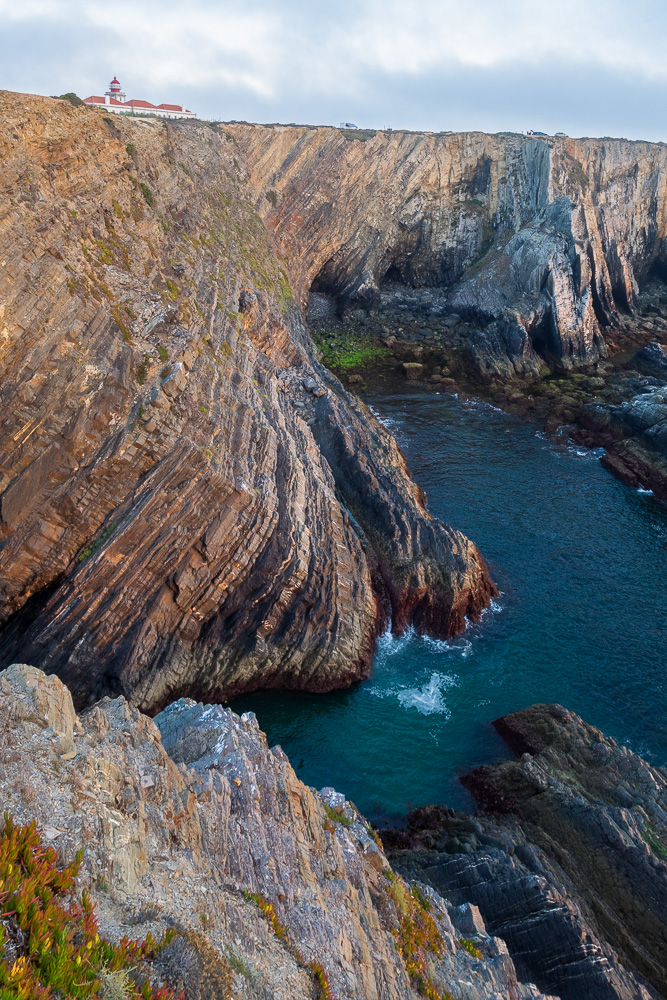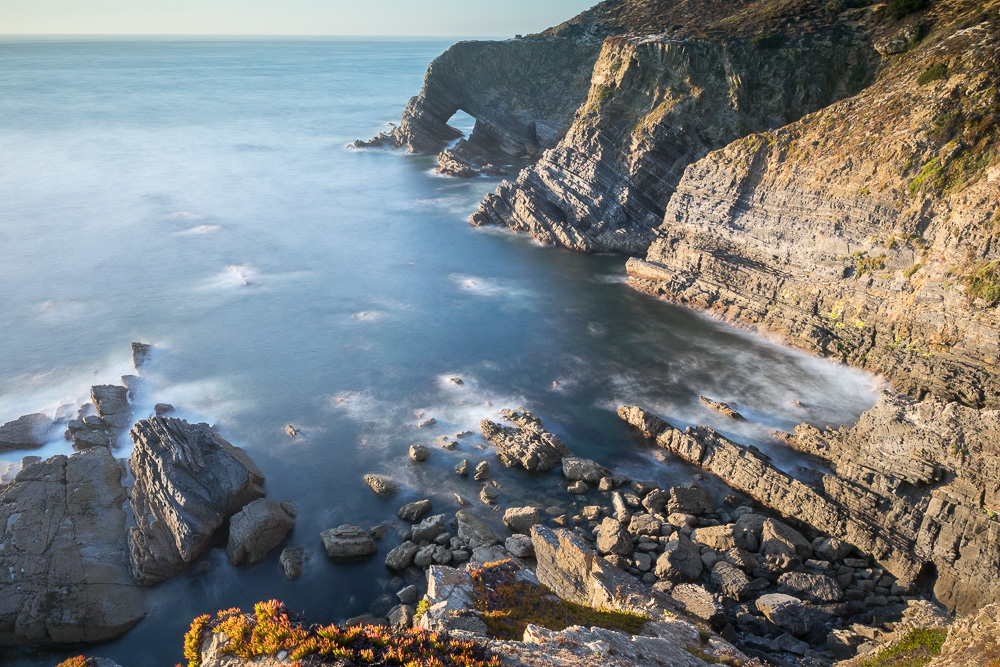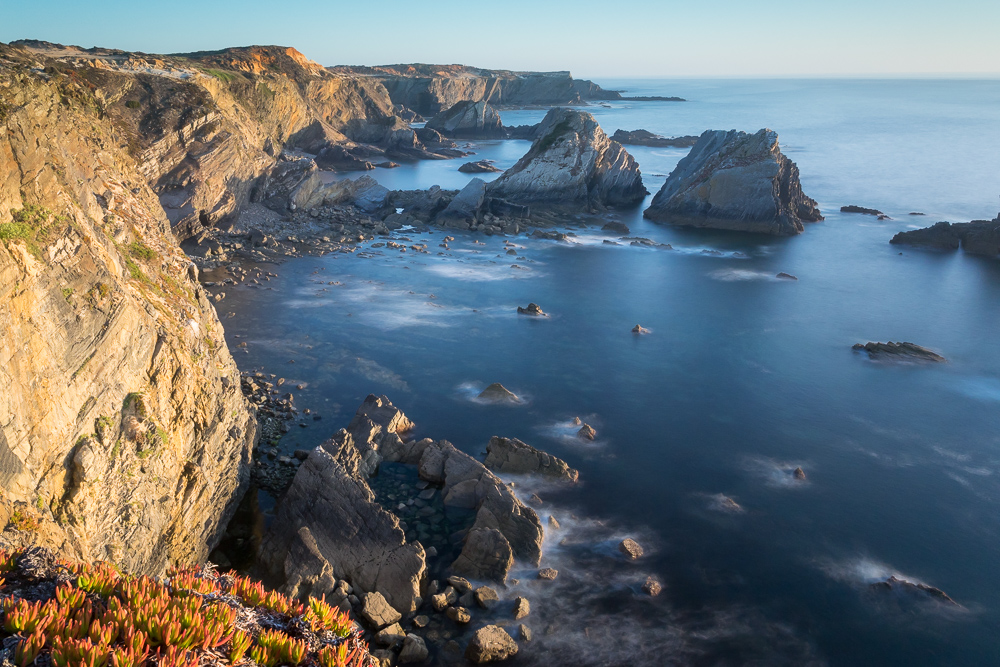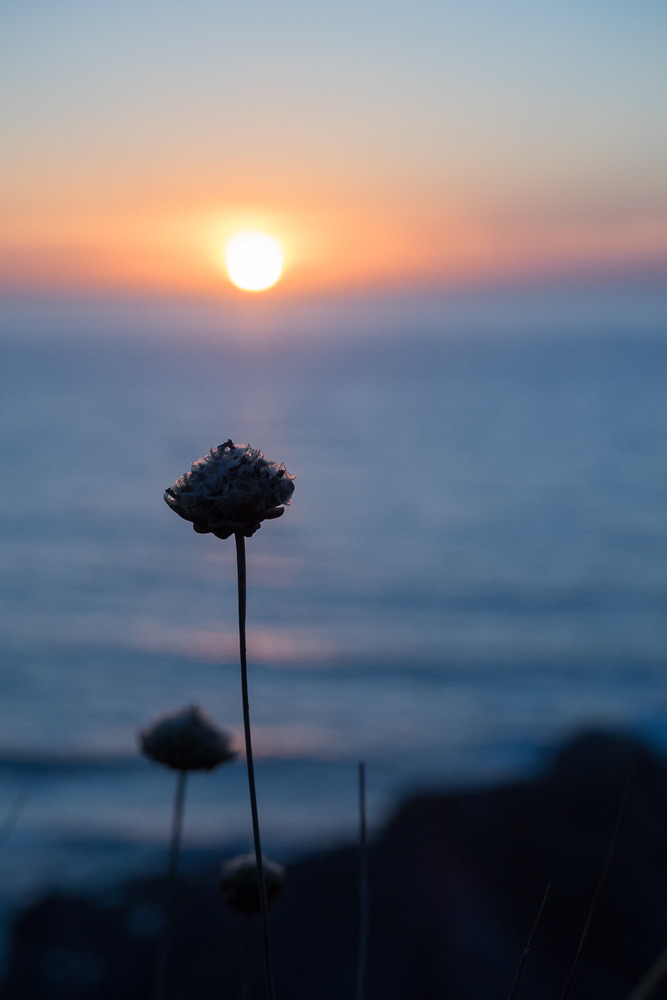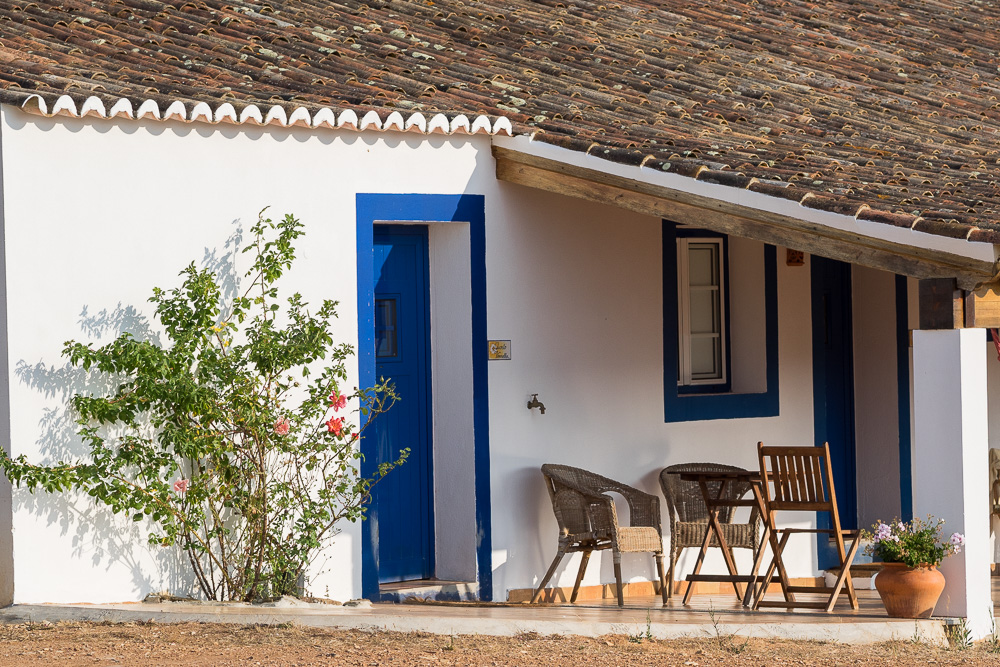This is a type of photography that I like very much to do. It is not easy, as it requires the photographer to be out in the field at ungodly hours, but… why not make the most of today’s camera technology to capture the beauty in our sky? The other difficulty for most people seems to be to actually find a dark enough place to see the stars and constellations!
But, if you happen to be in a such a place at or near new moon (when the sky is darker), then it is not difficult obtain good results. You will need a good tripod, a wide angle lens, and a cable release.
For star trails, I typically I set my camera in Manual mode, ISO 1600, aperture around f2 or f2.8 (depending on the lens), and shutter speed around 30 seconds. Then I just shoot in Continuous drive with the cable release in lock mode. In this way, most cameras will keep on shooting for as long as you wish, or for as long as the batteries last.
It also advantageous to shoot a couple of dark frames, before and after the sequence, so you can use them in programmes like Starstax (highly recommended) to process for dark frame/noise subtraction.
Another option is simply shoot isolated frames of the Milky Way, say ISO 1600 or 3200, f2.8 and around 20 – 30 seconds. Exposure times will depend on the focal length; the longer the focal length, the shorter the exposure time must be to avoid trailing in the stars. It is also possible to shoot multiple images and later on align and process them in programmes like DeepSky Stacker; these will align the images and produce a single one, the advantage being that with several images, one can boost the S/N ratio. There are some excellent guides available on the WWW, one of my favourites is http://starcircleacademy.com/quick-tips/
Below are some examples I took in Southwest Portugal.
